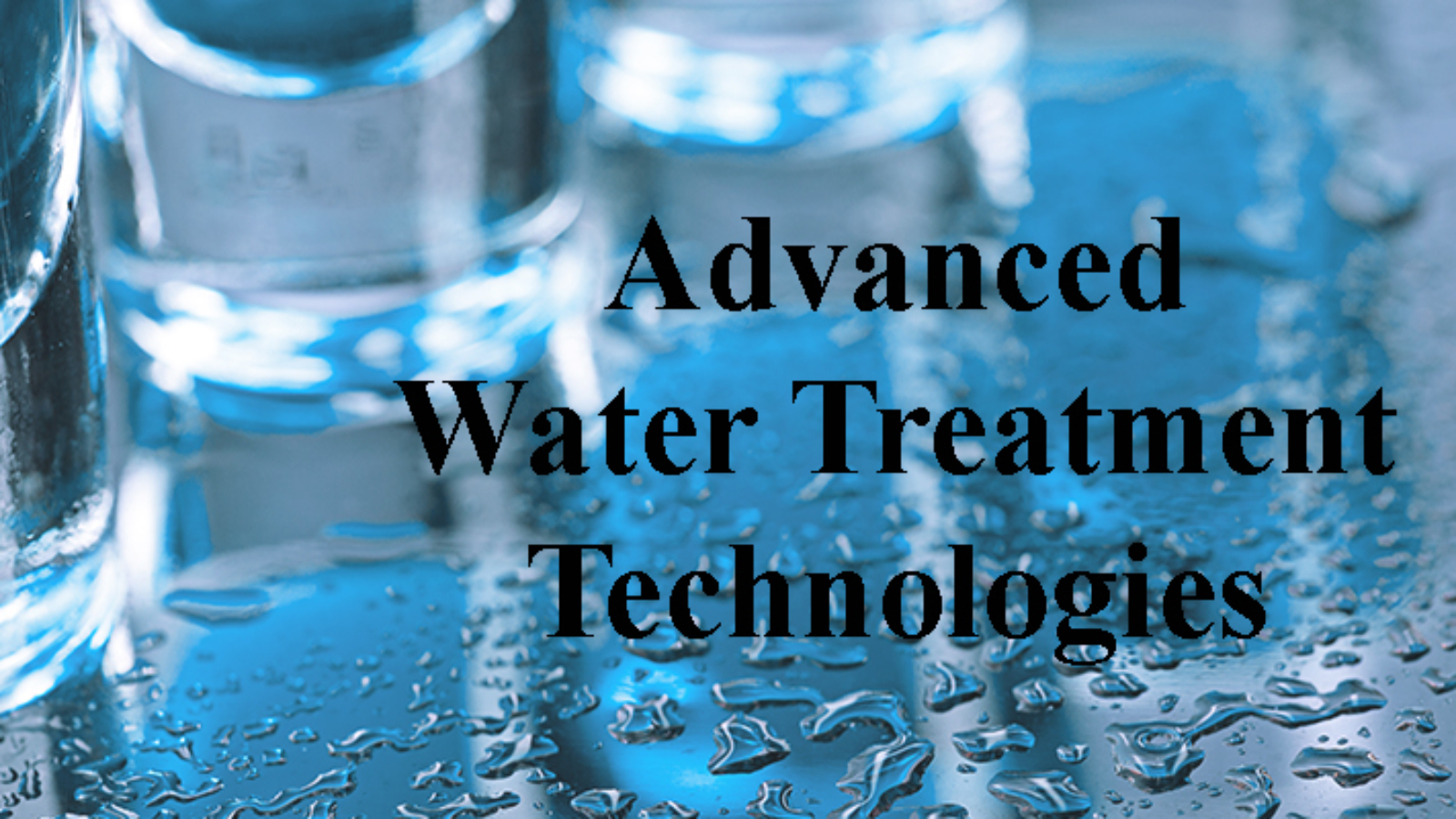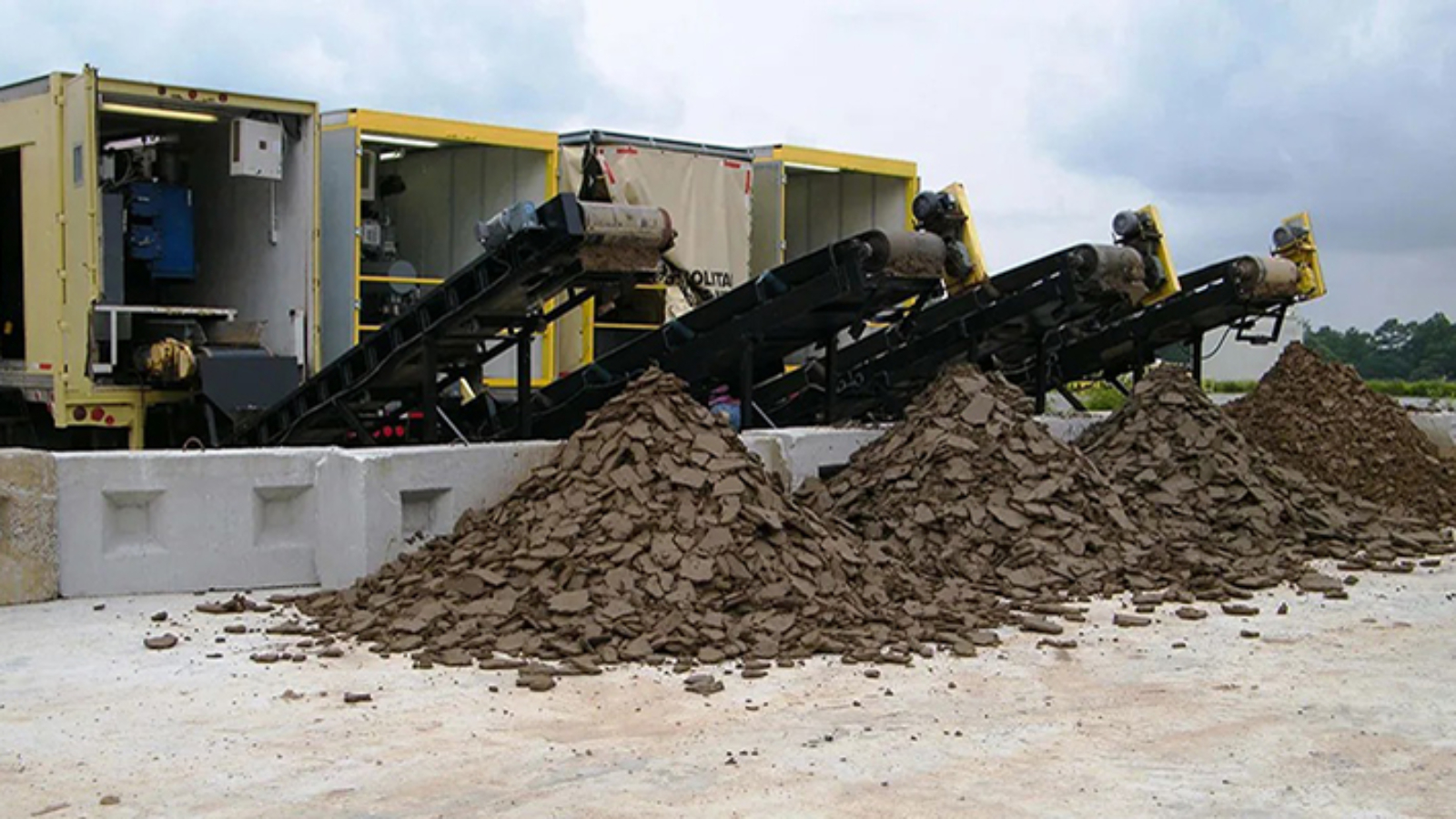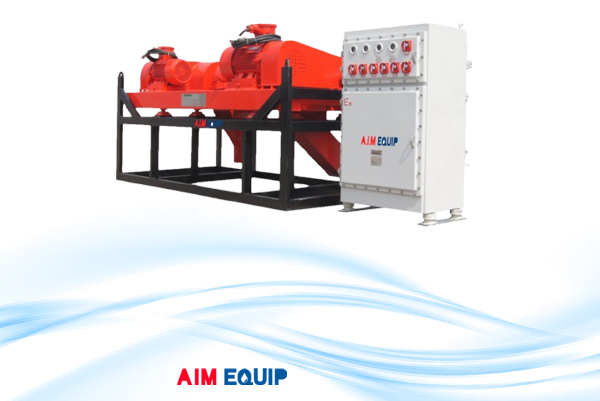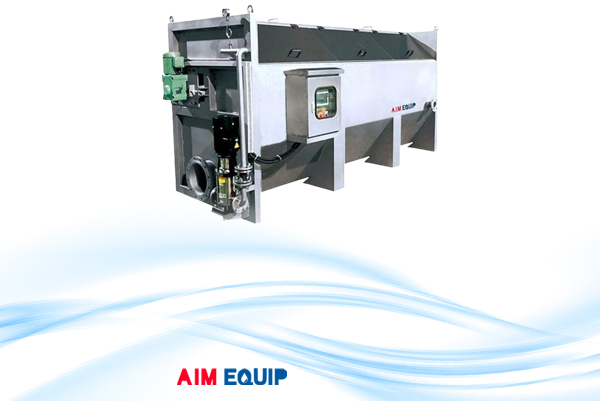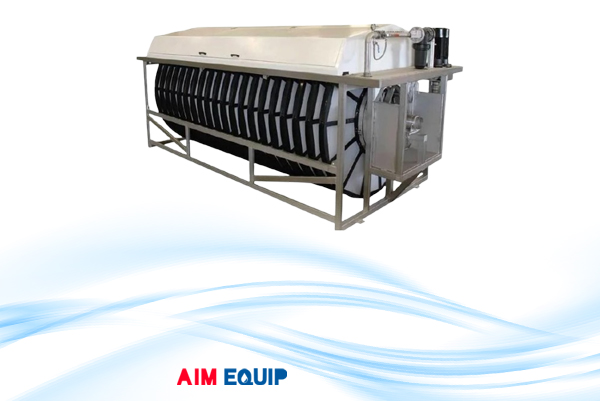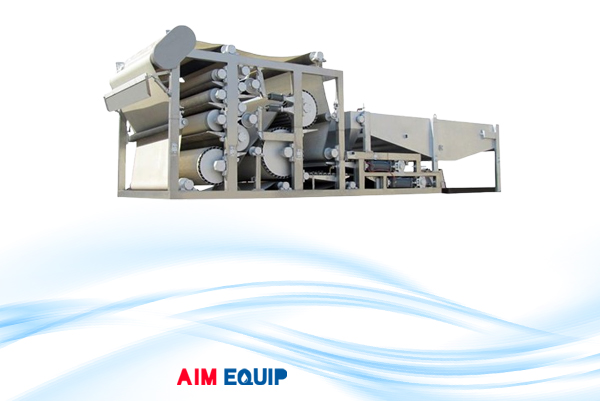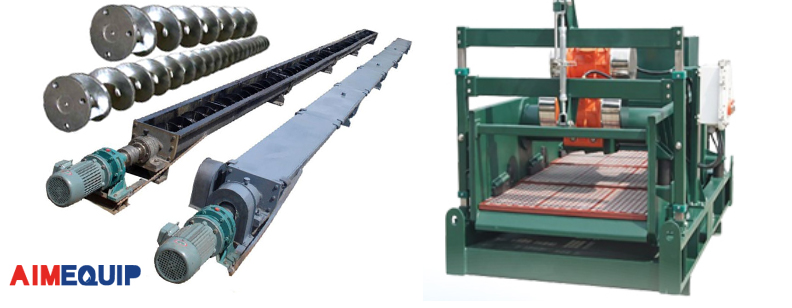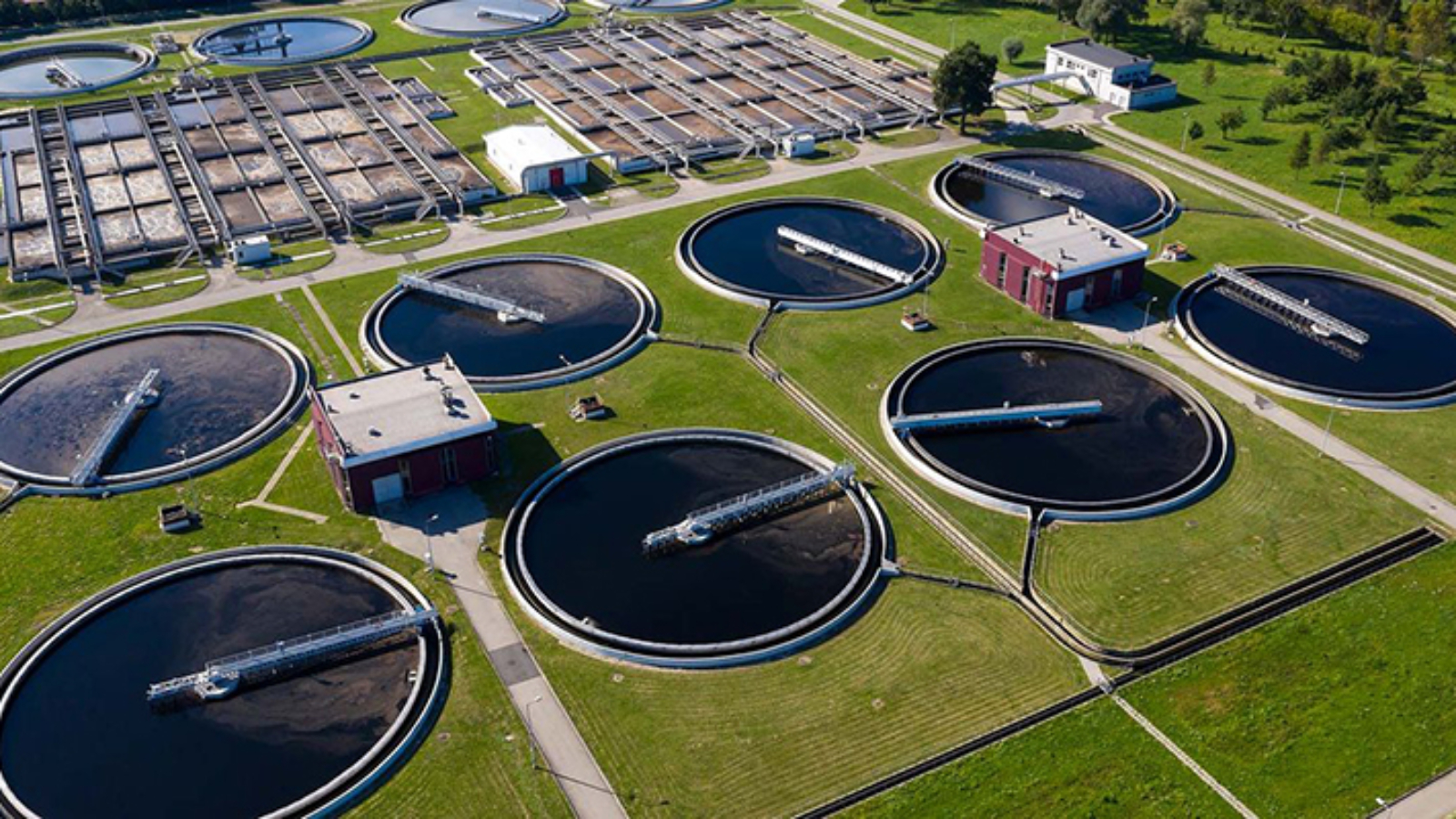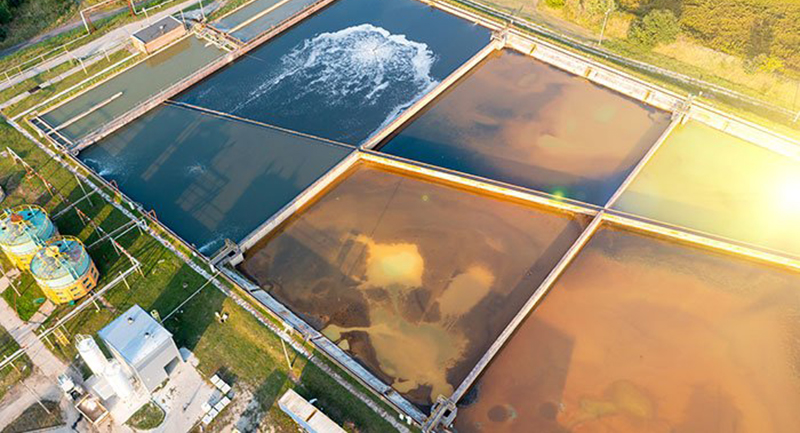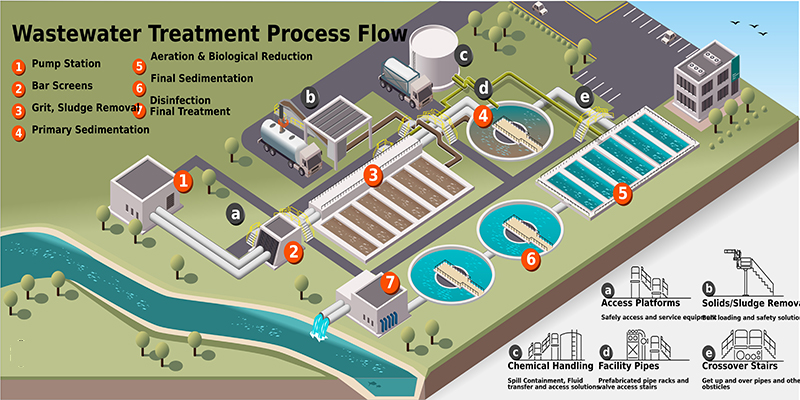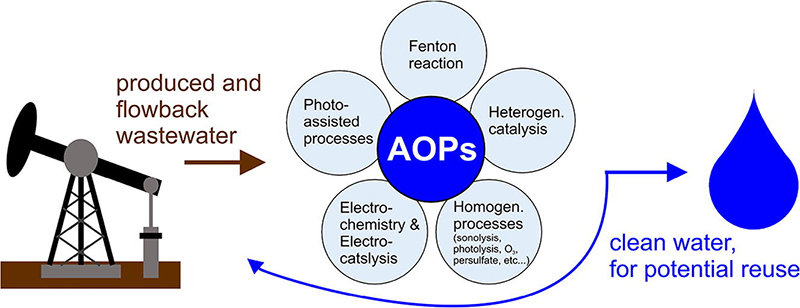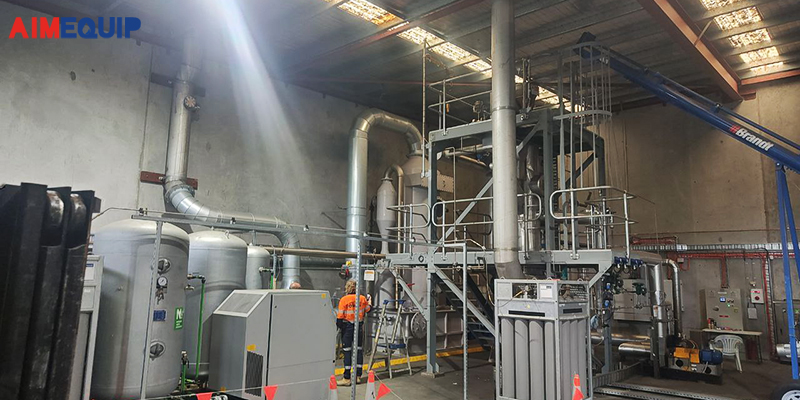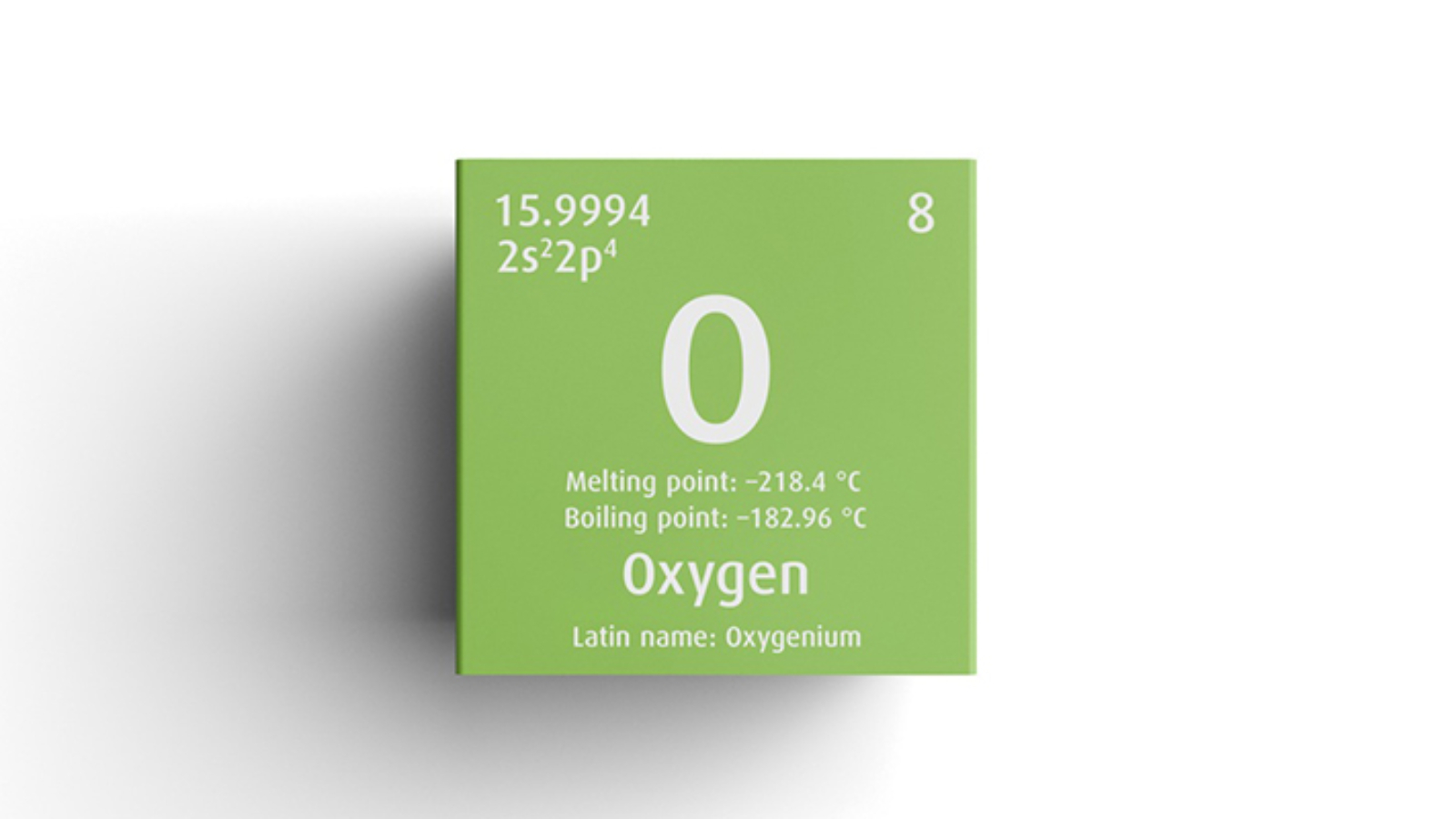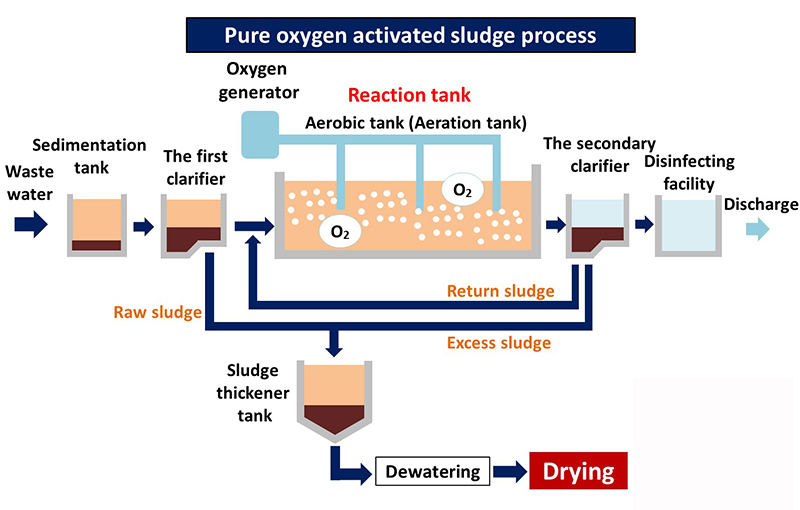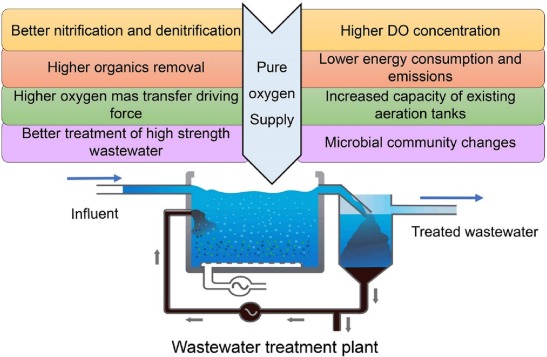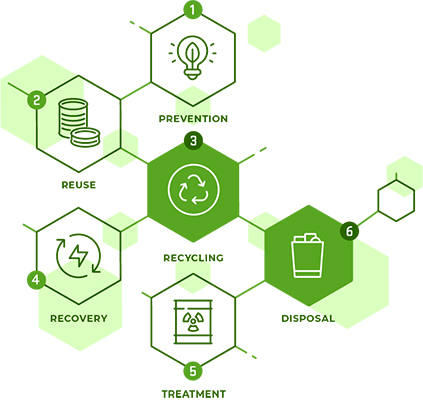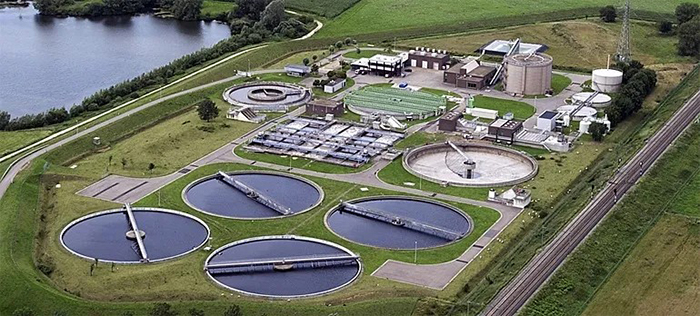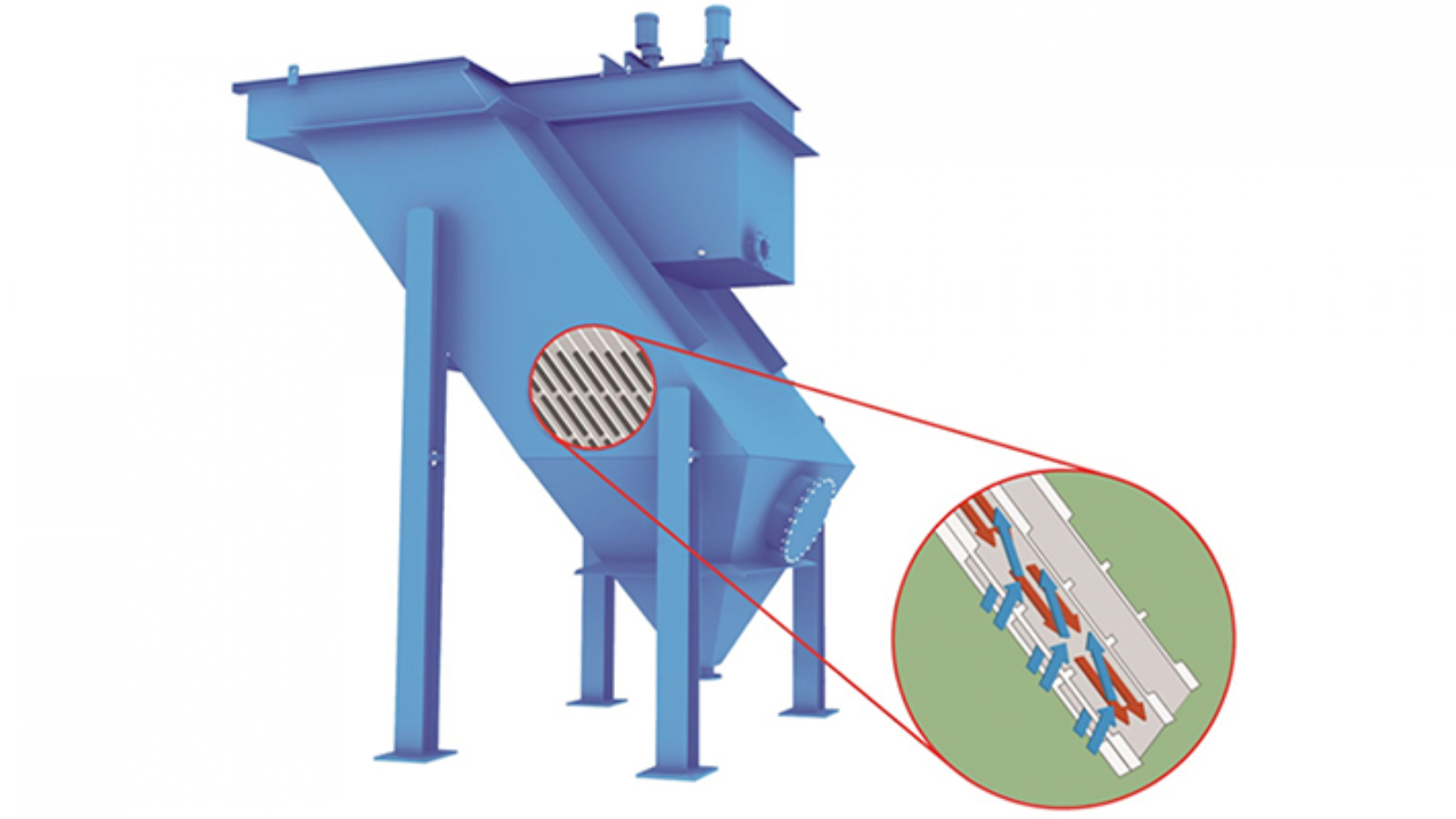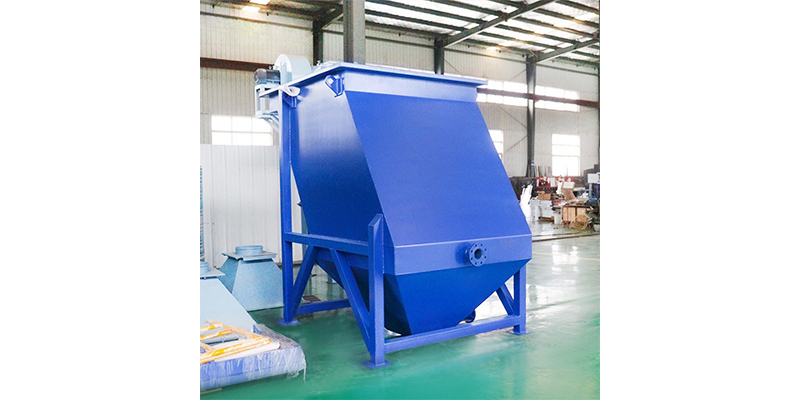Water is a critical resource for both industrial and municipal applications, and the demand for clean, safe water continues to rise. With increasing concerns about water scarcity and pollution, advanced water treatment technologies have become essential in ensuring sustainable water management. These technologies improve efficiency, reduce waste, and enhance water quality, making them vital for industries and communities worldwide.
Modern advanced water treatment technologies focus on tackling contaminants such as heavy metals, pathogens, organic pollutants, and chemical residues. The integration of advanced solutions ensures compliance with strict environmental regulations while reducing operational costs.
1- Membrane Filtration Technologies
Membrane filtration plays a crucial role in modern advanced water treatment technologies, offering highly effective solutions for removing contaminants at different scales.
-
Reverse Osmosis (RO):
This technology uses a semi-permeable membrane to remove dissolved salts, bacteria, and other impurities, making it an ideal solution for desalination and industrial water purification. It is widely used in brackish water treatment, pharmaceutical industries, and food processing.
-
Ultrafiltration (UF) & Nanofiltration (NF):
These membranes filter out bacteria, viruses, and organic materials, improving wastewater recycling and reducing the need for chemical treatments. They are often used in municipal water treatment plants and beverage manufacturing.
-
Microfiltration (MF):
Often used in pre-treatment stages, microfiltration removes suspended solids and pathogens, improving the overall efficiency of advanced water treatment technologies. It is commonly applied in dairy processing, brewing, and semiconductor manufacturing.
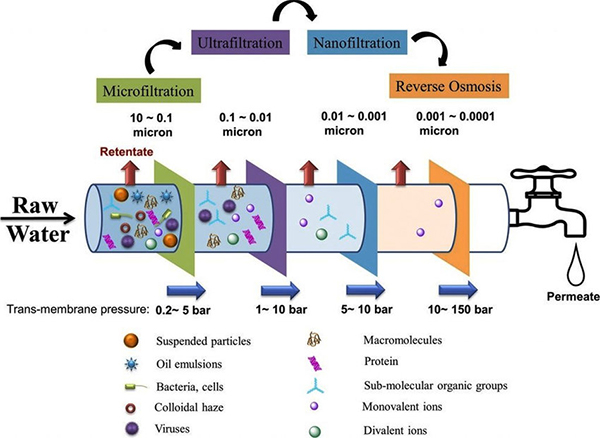
2- Advanced Oxidation Processes (AOPs)
AOPs involve chemical reactions that generate hydroxyl radicals, which efficiently degrade organic pollutants, making them an essential tool in advanced water treatment technologies for treating industrial wastewater and pharmaceutical residues.
-
Ozonation:
Uses ozone gas to oxidize contaminants, breaking down complex molecules into biodegradable substances. It is particularly effective in eliminating pharmaceutical and pesticide residues.
-
UV/Hydrogen Peroxide (H2O2):
A combination of ultraviolet light and hydrogen peroxide to destroy pollutants in water. This process is useful in treating micropollutants in drinking water.
-
Fenton Reactions:
Employs iron catalysts and hydrogen peroxide to produce reactive species that break down persistent organic pollutants. It is widely used in the textile and chemical industries.

3- Electrocoagulation and Electrochemical Treatment
Electrocoagulation is an innovative method that uses electrical currents to destabilize and remove suspended contaminants from water.
-
Electrocoagulation:
Effective for treating wastewater containing heavy metals, oils, and pathogens, offering a chemical-free alternative to traditional coagulation methods. Industries such as mining, oil refining, and food processing benefit from this process.
-
Electrochemical Oxidation:
Uses electrodes to break down complex organic compounds in wastewater, enhancing treatment efficiency while reducing sludge production. This method is increasingly used in landfill leachate treatment and pharmaceutical wastewater processing.
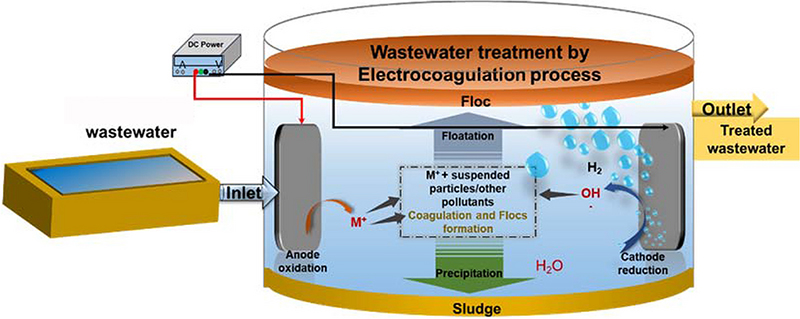
4- Biological Treatment Innovations
Biological treatment harnesses natural microbial processes to degrade pollutants, providing an eco-friendly approach to advanced water treatment technologies.
-
Moving Bed Biofilm Reactors (MBBR):
Utilizes biofilm-covered carriers to enhance biological treatment efficiency in both municipal and industrial applications. MBBR is known for its flexibility and high treatment capacity.
-
Membrane Bioreactors (MBR):
Combines biological treatment with membrane filtration to produce high-quality effluent with minimal sludge generation. It is widely used in municipal sewage treatment plants and large-scale industries.
-
Algal Treatment Systems:
Leverages microalgae to remove nutrients from wastewater while producing biomass for biofuel or fertilizer applications. This technique is gaining attention for its potential in carbon sequestration.
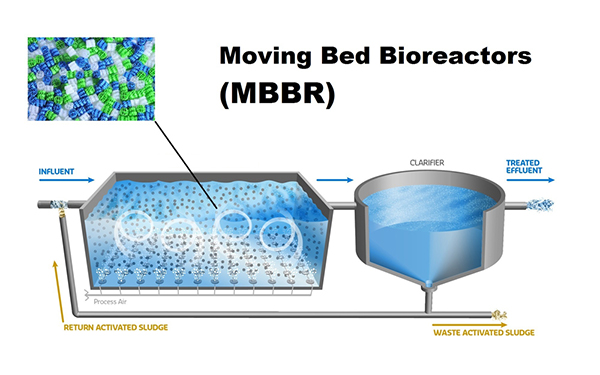
5- Smart Water Treatment and Automation
The integration of AI, IoT, and machine learning has transformed advanced water treatment technologies by enabling real-time monitoring, predictive maintenance, and process optimization.
-
AI-driven Analytics:
Helps detect anomalies in water treatment processes, allowing proactive intervention and reducing downtime. AI-powered software can predict filtration system failures before they occur.
-
IoT-enabled Sensors:
Provide continuous data on water quality, pressure, and flow rates, enhancing operational efficiency. These sensors are widely used in remote monitoring of water distribution networks.
-
Automated Treatment Systems:
Improve process control, reduce human error, and optimize chemical dosing for cost savings. Fully automated systems are used in industrial cooling towers and large-scale desalination plants.
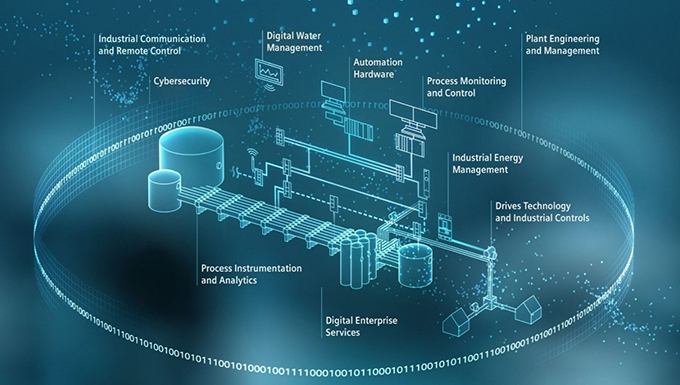
6- Sustainable and Green Technologies
To minimize environmental impact, modern advanced water treatment technologies focus on sustainable solutions that prioritize resource recovery and zero waste.
-
Zero Liquid Discharge (ZLD) Systems:
Maximizes water reuse by recovering and recycling wastewater, leaving minimal liquid waste. ZLD is a necessity in industries such as power generation and textile manufacturing.
-
Constructed Wetlands:
Utilize natural vegetation and microbial processes to treat wastewater in an energy-efficient and cost-effective manner. These systems are increasingly used in eco-resorts and decentralized rural sanitation projects.

Advanced water treatment technologies are crucial in addressing global water challenges, ensuring clean water access, and promoting sustainability. As industries and municipalities seek innovative solutions, the adoption of membrane filtration, AOPs, electrocoagulation, biological treatments, and smart automation continues to grow. By implementing these cutting-edge technologies, organizations can enhance efficiency, comply with environmental regulations, and contribute to a sustainable future.
AIMEQUIP remains at the forefront of water treatment innovation, providing industry-leading solutions that meet the evolving needs of businesses and communities. Contact us today to learn more about how our advanced water treatment technologies can optimize your operations.

